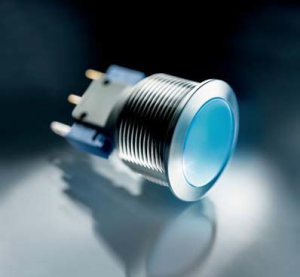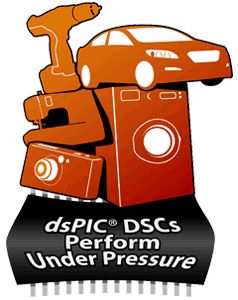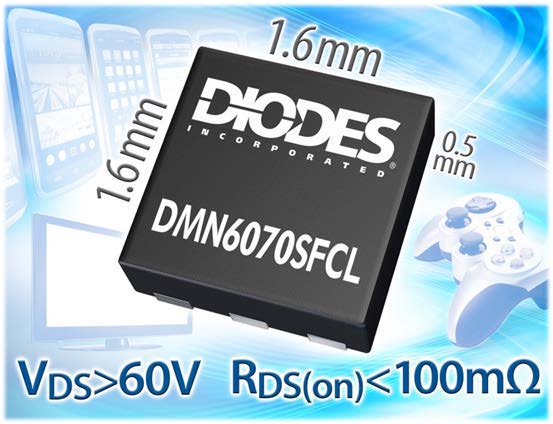FCI – Unveils Minitek PWR 3.0 Minitek Pw 4.2 Wire-to-Board and Wire-to-Wire Connectors
FCI, a leading supplier of connectors and interconnect systems, is proud to announce the launch of its cost-effective Minitek Pwr™ 3.0 & Minitek Pwr™ 4.2 connectors.
FCI’s Minitek Pwr™ 3.0 is designed for power applications with current ratings of up to 5A per contact. Engineered for wire-to-wire and wire-to-board applications, its crimp and snap-in receptacles are used to terminate AWG 20 to 30 wires. Crimping and removal tools are available for wire harness assemblies, while headers assemblies for wire-to-board interconnections include vertical and right-angle variants. Wave soldering headers are available in through-hole configurations.
Minitek Pwr™ 4.2 is manufactured for high-current and high-density applications, and supports up to 9A per contact. Similar to Minitek Pwr™ 3.0, the Minitek Pwr™ 4.2 is designed for dual-row and 2 to 24 circuits, but features a greater versatility due to its diverse wire-to-wire, wire-to-board, and wire-to-panel mount capabilities. Its crimp and snap-in receptacle is used to terminate AWG 16 to 28 wires.
The provision of a right-angle cable receptacle also establishes the Minitek Pwr™ series as a unique offering in the market, and it is ideal for cable routing within 1 U or 2 U equipment systems. Both designs are wholly interchangeable and inter-pluggable with Molex’s1 Micro-Fit™ and Mini-Fit Jr.™ power connectors respectively.
Additional features include fully isolated terminals to prevent them from potential damage during operation, scoop-proof housings to ensure terminals are not compromised during angled mating, and a high retention force to secure terminals in their housings. Target applications include display systems, set-top boxes, electrical lighting, chemical detection systems, medical equipment, and data storage devices.
“Minitek Pwr™ 3.0 and Minitek Pwr™ 4.2mark FCI’s first foray into the mid-power wire-to-wire and wire-to-board markets. We are confident their interchangeable design and plethora of attractive features, such as their low insertion force and fully polarized housings, would make them a hit with clients sourcing for alternatives to wire-to-wire and wire-to-board






